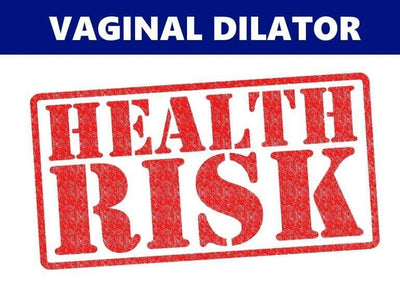
| Caroline Knight
Vaginal Stenosis: Understand the Causes and Symptoms
You may not have heard of vaginal stenosis before. It is one of those conditions that you’re unlikely to come across unless you develop symptoms yourself. If that is the case, you may have a lot of questions. VuvaGirl is here to help you understand the causes of vaginal stenosis, as well as the vaginal stenosis symptoms you will want to look out for.
What is vaginal stenosis?
Firstly, let’s take a look at what vaginal stenosis is and how the condition presents. The word stenosis refers to the abnormal narrowing of any passage within the body. Therefore vaginal stenosis is the term given to a narrowing and shortening of the vagina (otherwise referred to as the birth canal). It also pertains to the loss of flexibility and elasticity.
If you have vaginal stenosis your vaginal lining is also likely to be affected, in that it can start to thin and become more dry. It can develop scar tissue, which will have health implications ranging from sexual problems and pain to difficulties in examinations. It can also cause some psychological issues, understandably. We will talk about more of the symptoms below.
What causes vaginal stenosis?
Vaginal stenosis causes vary but in most cases radiation therapy is the cause, whether that is external beam therapy (EBRT), pelvic radiation therapy (RT), brachytherapy (internal implants).
Women who have had radiation treatment for cancers in the pelvic area are most at risk from developing this condition, and it tends to affect about a third of radiation patients. It is therefore seen as a common side effect to radiation therapy.
If you have had radiation treatment for any of the following cancers, you might be at risk:
- Bladder cancer
- Rectal cancer
- Cervical cancer
- Cancer of the uterus
- Cancer of the lymph glands
Chemotherapy can also cause it, as can certain types of genital surgery in this area. More rarely, congenital adrenal hyperplasia can cause it. If you have had an episiotomy (an incision made in the perineum), you are also at risk.
Vaginal stenosis symptoms
Here are the most common symptoms to look out for:
- Dry vaginal lining/less lubrication
- Thinner, more fragile vaginal lining
- Scar tissue development (fibrosis)
- Muscle loss
- Shortening of the birth canal (due to fibrosis)
- Narrowing of the birth canal (due to fibrosis)
- Less flexibility/elasticity in the vagina
- Decreased blood flow due to lack of blood vessels in the vagina
- Vaginal discharge
- Adhesions
Essentially what you are suffering from is some degree of vaginal atrophy. In this instance, vaginal atrophy occurs because the vaginal epithelium has sustained damage and the result is decreased collagen production.
You might find that you start to experience dyspareunia (painful sex). Similarly, routine examinations in the pelvic area might become difficult or painful.
What to do if you think you have it
If you think you have any of the above symptoms, it is important to seek treatment for them in order to mitigate the discomfort and inconvenience they can cause. One of the most commonly used treatments is vaginal dilators. Our article on vaginal stenosis treatment will cover the details, so be sure to watch this space!













